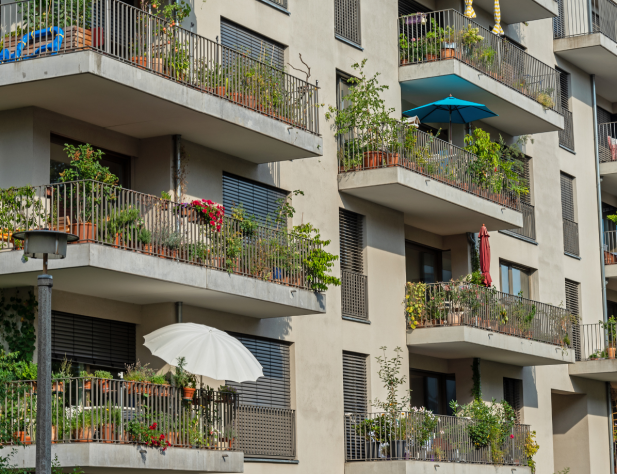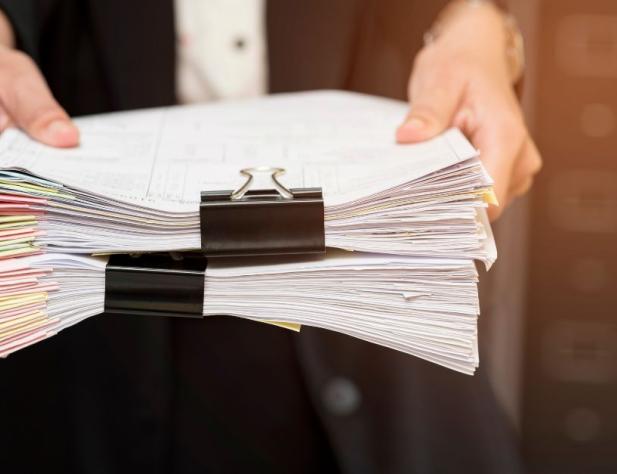Energy hardship is a pressing and systemic issue that demands urgent attention. Without decisive policy action, many Australians will continue to face unaffordable energy costs, unsafe living conditions, poor health outcomes, and sustained financial stress.
Our latest report digs into survey data from our Consumer Energy Report Card to reveal the experiences and attitudes of people who may be experiencing, or vulnerable to, energy hardship.
The report
Understanding and measuring energy hardship in Australia (PDF, 636.29KB) is the first release from our June 2025 Consumer Energy Report Card survey. It uses the following indicators to assess energy hardship:
- Spending more than 6% of income on energy bills: Calculated by dividing respondents’ reported electricity and gas bills by their reported household income. Households spending more than 6% of income on energy are flagged as potentially being vulnerable to, or experiencing, energy hardship.
- Very difficult to pay energy bills: Based on responses to the question: “In the last 6 months, how easy or difficult has it been to pay your electricity/gas bill?” Households selecting “very difficult” are considered at risk.
- Financial stress and turning off heating and cooling to save money: A composite indicator based on two questions: (a) Financial stress—respondents who describe their current financial situation as “Having a lot of difficulty covering basic living expenses and paying bills”; and (b) Self-reported behaviour of avoiding heating or cooling to save money.
Indicators of energy hardship
| Energy hardship indicators | Share (%) |
|---|---|
| Spending more than 6% of income on energy bills | 11% |
| Very difficult to pay energy bills | 8% |
| Financial stress and turning off heating and cooling to save money | 7% |
| Vulnerable to, or experiencing, energy hardship | |
| At least one hardship indicator (1+) | 19% |
| Two or more hardship indicators (2+) | 5% |
| All three indicators (3) | 1% |
Recommendations
The report (PDF, 636.29KB) also highlights several practical steps needed to reduce number of households vulnerable to, or experiencing, energy hardship:
- State and Territory governments need to introduce stronger minimum energy performance standards for rental properties. Most households we identified as experiencing energy hardship rent their property and lived in inefficient homes.
- Governments need to improve their support programs by making them better targeted and streamlined. Many households who said they received personal government allowance or benefits were identified as being vulnerable to, or experiencing, energy hardship.
- Retailers and governments need to be more proactive in identifying customers experiencing energy hardship. Most of the households we identified as vulnerable to, or experiencing, energy hardship said they were not accessing available support options.
About energy hardship
The survey methodology is published here. Survey data for the Consumer Energy Report Card is collected by SEC Newgate for Energy Consumers Australia.

Our Consumer Energy Report Card is a comprehensive, independent research project, which reveals the attitudes and behaviours of thousands of Australian households. Future reports in the series will provide in-depth analyses of key topics. Access all reports and related data here.
Looking for our Energy Consumer Sentiment and Behaviour Surveys? You can find prior reports and data up until June 2024 here.



